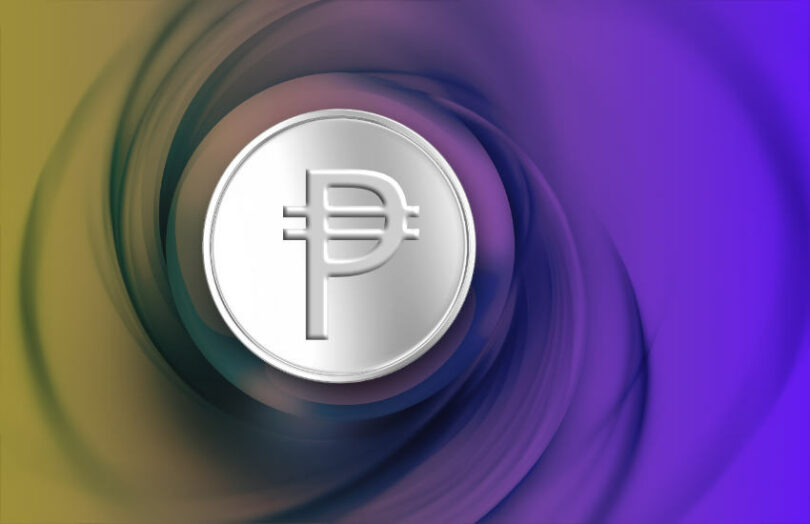Coins.ph announced that its PHPC stablecoin has graduated from the Philippines regulatory sandbox operated by the central bank, Bangko Sentral ng Pilipinas (BSP). It joined the sandbox in April 2024 and expected to exit in June the same year, so it’s taken a little longer than planned.
As one of the main crypto outlets in the Philippines, Coins.ph has been involved in remittances for years, but a local currency stablecoin could accelerate that significantly.
For stablecoins, the sweet spot mainstream use case is emerging market cross border payments, where the country fits the bill. Emerging market bank payments often involve multiple hops, adding both cost and delays. By contrast, a dollar stablecoin could be sent directly to a Coins.ph wallet and then convert to PHPC.
This payment efficiency becomes even more critical in markets with limited financial access. The Philippines exemplifies this challenge, with only 56% of its population holding bank accounts as of 2021. To address this gap, the central bank has licensed alternative financial services, including 12,797 pawnshops – representing 77.8% of all licensed pawnshops – to handle remittance transactions. This infrastructure proves crucial given the Philippines’ 16 million strong diaspora and its position as the world’s fourth largest recipient of remittances, with $40 billion in incoming funds recorded last year according to World Bank data.
Stablecoins also excel in countries with weak currencies. While the Philippine peso had a bout of depreciation of around 10% in 2022 and 4% last year, it is less volatile than many other currencies.
Coins.ph stablecoin plans
Against this backdrop, Coins.ph is positioning PHPC to capitalize on these market conditions. With some of the sandbox restrictions lifted, Coins.ph plans to mint more stablecoins to meet demand and can now support larger transactions. It sees some benefits in sidestepping banks, to avoid costs, but also likely because of the large under-banked population.
“We can now unlock PHPC’s full potential, particularly in areas where Filipinos need it most – remittances and cross-border transactions,” said Wei Zhou, CEO of Coins.ph.
The reserves that back the PHPC stablecoin are held at local banks in cash or cash equivalents. Additionally, the company is subject to regular third party audits of its reserves, smart contracts and security infrastructure, as well as reporting to the central bank. However, the company also mentioned public disclosures which we couldn’t find on the website, but are perhaps included in the app.
The regulated approach reflects broader industry developments in the country. Meanwhile, PHPC isn’t the only Filipino stablecoin. Earlier this year we reported on a joint bank stablecoin, PHPX, involving Rizal Commercial Banking, Cantilan Bank and the Rural Bank of Guinobatan as well as UBX, the fintech spin off of UnionBank of the Philippines. Just Finance is the project coordinator.






